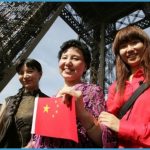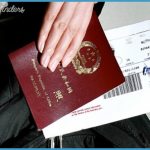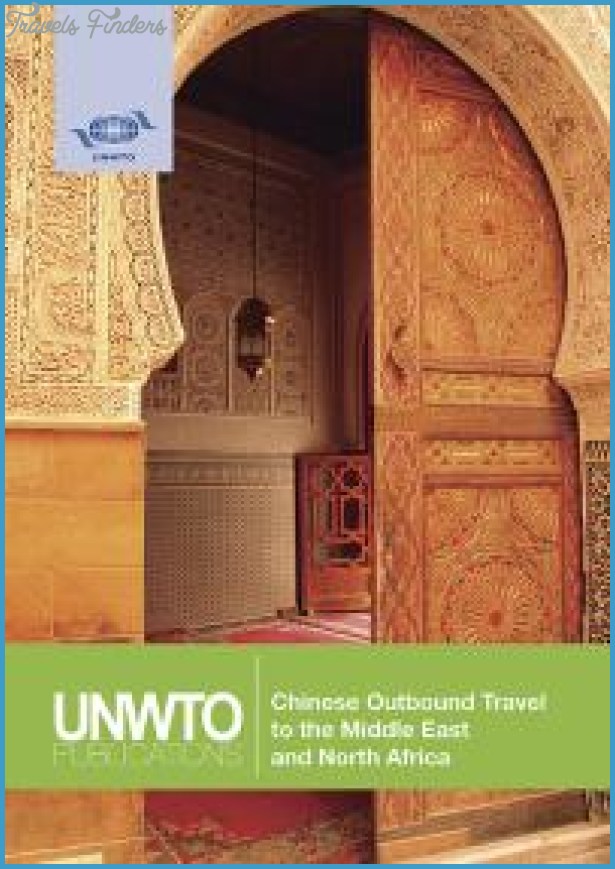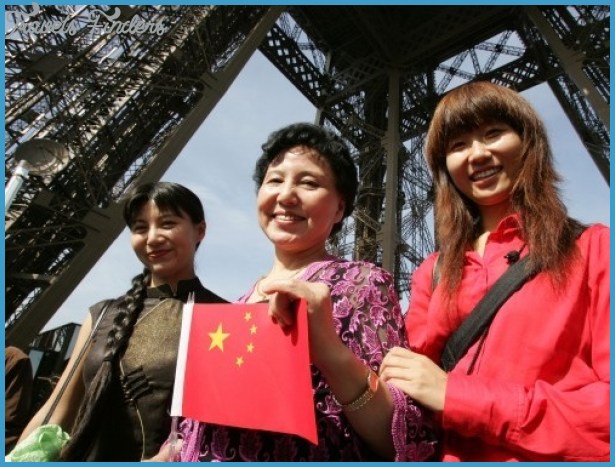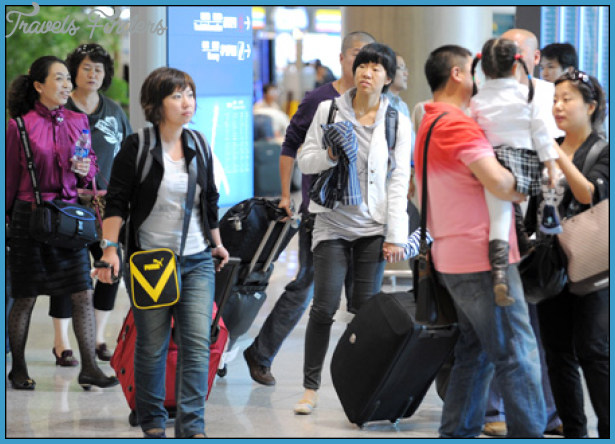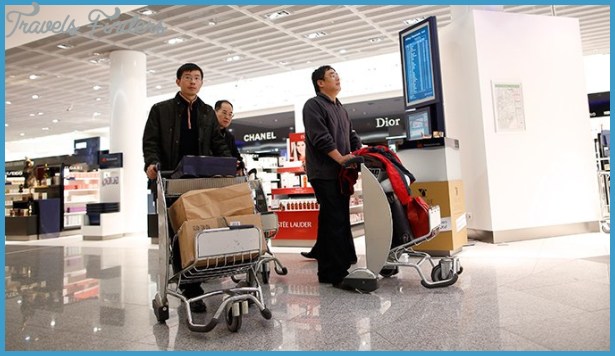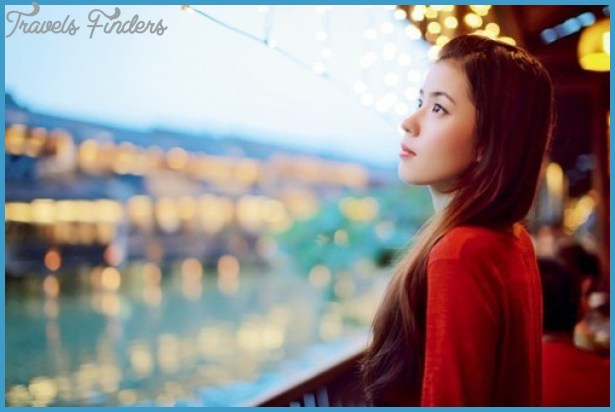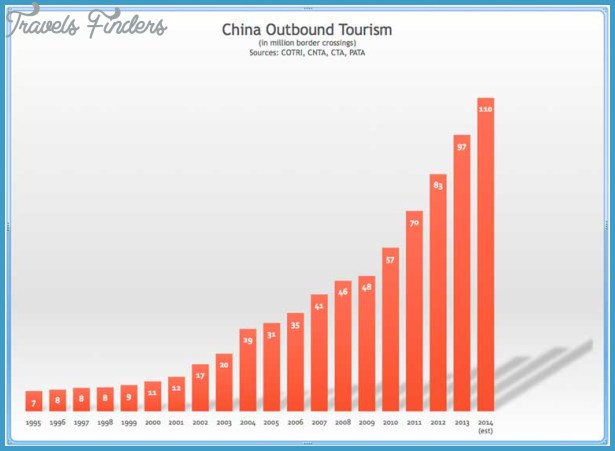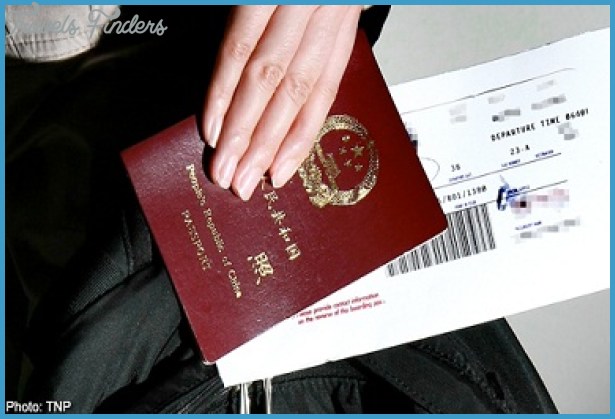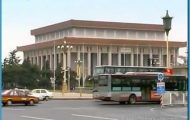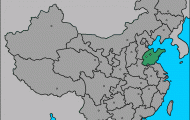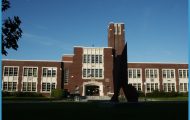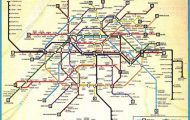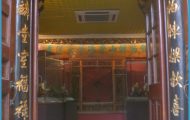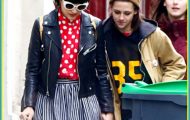Tea and water are not often drunk with meals; on festive occasions and particularly when foreign guests are present you will be served nonalcoholic refreshments such as orange lemonade, slightly alcholic drinks like beer or a strong brandy, usually from grain. This comes in a small glass and at banquets the convention is that the Chinese host makes the first toast, when you stand and drink to friendship, downing the whole glass (ganbei, literally dry glass) and the glass is then refilled to the brim. After the first full glass you need only take a sip for any further toasts.
Tea, which is usually served before or after meals, can be green, black, scented, often with jasmine, white and red. It is always made with tea leaves to get the full aroma.
Green tea which, unlike black tea, is not fermented may come with jasmine flowers and is mainly drunk in the north. Red or “oolong” tea is drunk in the south and always taken without milk, lemon or sugar. Green tea often has the leaves swimming on top and the purest types are longjing and biluochun, while oolong teas are dahongpao and tieguanyin.
The best sorts of black tea are qihong and yenfeng. White teas include yinzhenbaihao, gongmei and shoumei. If you prefer English-type tea ask for hong cha (red tea).
China’s Tea Museum is on Hangzhou’s West Lake in Zhejiang province. It has extensive tea plantations where you can take part in picking the tea, and several rooms of exhibits where you can find out about tea and tea-making ceremonies and customs as well as joining in some of the ceremonies.
It is bestto avoid coffee which has a stale and bitter taste. Some hotel shops may have imported instant coffee.
Besides mineral water (the best known brand is “Laoshan”) the sweet soft drinks found everywhere include different kinds of lemonade such as “suanmeitang”, made with plums, and fizzy orange juice (juzi shui). The large hotels have tonic. Coca Cola and ginger ale.
Do notdrinkthe water from the tap. On cruise shipsand in hotelsflasks of boiled water are provided.


